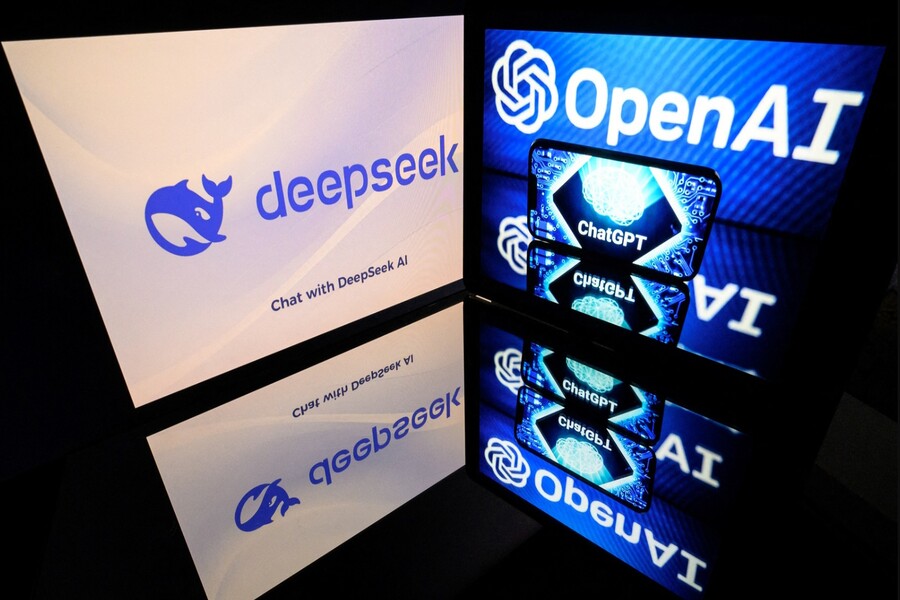Best Selling Products
China Stunned With The World's Most Powerful Brain-Simulating Supercomputer
Nội dung
- 1. Monkey brain simulation application
- 2. Darwin 3 Next Generation Neuromorphic Chip Architecture
- 3. Low power consumption
- 4. Professor Pan Gang talks about new structural advances
- 5. Animal brain simulation applications help shorten research gaps
- 6. Darwin Monkey vs. Intel's Hala Point
- 7. Thoughts on the Future of Biomimetic AI
- 8. Conclusion
Zhejiang University (China) has just officially announced the world's largest artificial brain simulation supercomputer named Darwin Monkey.
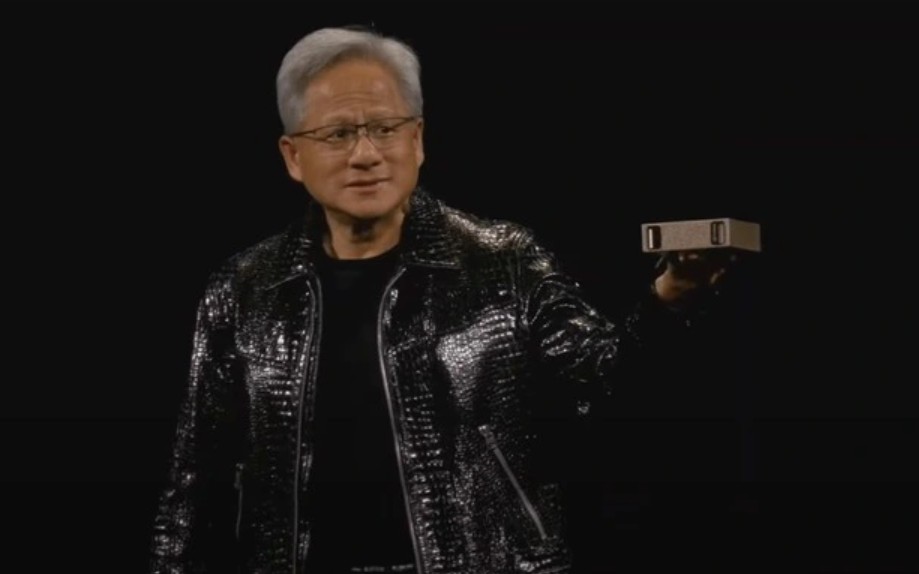
The artificial intelligence research complex of Zhejiang University (China) has just officially announced the world's largest artificial brain simulation supercomputer named Darwin Monkey. This is not only a simple technical achievement but also opens a completely new direction for the AI industry, bringing technology closer and closer to the structure and function of the biological brain. This information was widely published in many international technology newspapers, showing that Vietnam cannot ignore this turning point in the global artificial intelligence map.
Not long ago, supercomputers were synonymous with massive machines that required massive cooling systems and staggering amounts of power. But Darwin Monkey is different. It wasn’t built to set records simply for core count or computing speed. Instead, its goal was to accurately simulate the networks of neurons and synapses in the brain of a macaque monkey, giving computers the ability to process cognitive functions as comprehensively and naturally as living creatures.
1. Monkey brain simulation application
One of the things that sets Darwin Monkey apart from any other supercomputer ever made is the sheer scale of its neural simulation. It’s equipped with more than 2 billion artificial neurons and more than 100 billion synaptic connections between them. That’s not just a huge number in theory, but is also comparable to the actual brain structure of a macaque, an oriental primate that’s widely used in applied neuroscience research.

The ability to process complex cognitive functions such as vision, hearing, language, and mathematical thinking in such a simulated system opens up enormous potential. Darwin Monkey can not only “see” images and analyze them in context, but can also “hear,” distinguish voices, understand the semantics of words, and at a higher level, perform logical problems. This is the first step towards a computer system that can truly process information similar to the biological cognitive mechanism of humans.
2. Darwin 3 Next Generation Neuromorphic Chip Architecture
According to information from the South China Morning Post, the Darwin Monkey system is built on a platform of 960 specialized neuromorphic chips called Darwin 3. Each Darwin 3 chip is a processing unit capable of simulating the basic functions of neurons, including the ability to activate stimulation thresholds, transmit signals to synapses, and create a continuous interactive network with other chips.
“This computer system is one step closer to achieving advanced, brain-like intelligence,” an official from the system development lab emphasized. This statement is not an exaggeration, but reflects the research goal that Darwin Monkey is aiming for: an AI model that evolves from linear machine learning to direct, associative, adaptive, and real-time biological simulation.
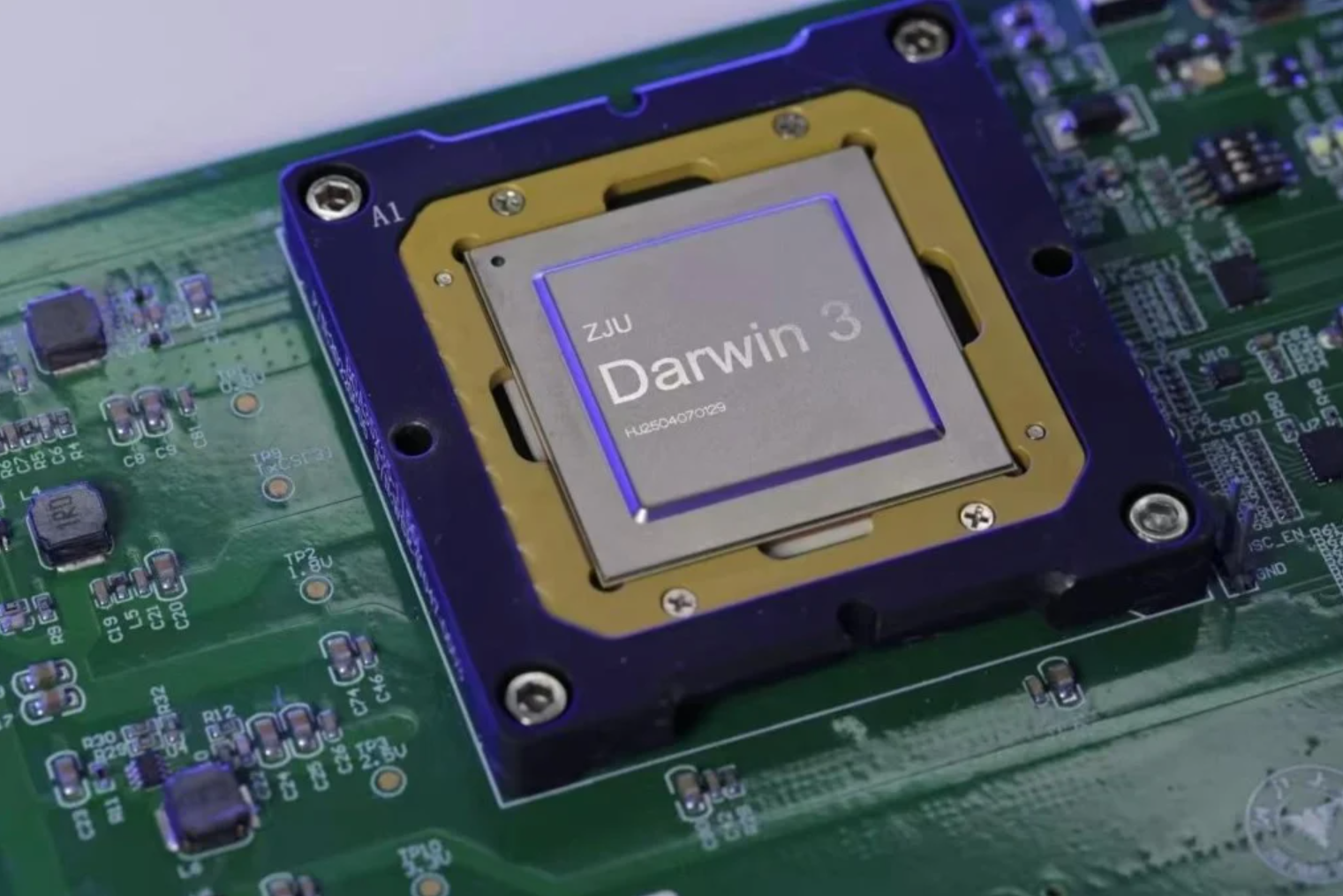
3. Low power consumption
The world is used to the image of supercomputers with enormous power consumption, running on vast server farms, cooled by cryogenics, and consuming enough electricity to cover a small city. Darwin Monkey completely changes that scenario. Despite possessing more than two billion artificial neurons and hundreds of billions of synaptic connections, the system consumes only about 2,000 watts of electricity under normal operating conditions. That is equivalent to the consumption of a modern family or an average household air conditioner.
More importantly, this is not a super-optimized technique to reduce from tens of thousands of watts to a few thousand watts, but an original design, a system built from scratch with a unique architecture that both simulates neural structures and maintains the smallest element of energy consumption. The result is a supercomputer that is powerful but unprecedentedly energy-efficient. Compared to traditional deep learning platforms that consume huge amounts of energy, Darwin Monkey is the clearest demonstration of the trend of "green" AI that is both powerful and sustainable.
4. Professor Pan Gang talks about new structural advances
Professor Pan Gang, director of the National Center for Brain-Computer Intelligence at Zhejiang University, said that Darwin Monkey is not just a supercomputer but a “new paradigm in the current computing environment.” He emphasized that the convergence of massive parallel processing, massive neuron scale, and low energy consumption has created a completely different platform. The design philosophy here is to create a biological-like information processing environment where computers can learn, analyze, decide, and adapt without having to retrain from scratch every time the environment changes.
According to Professor Gang, Darwin Monkey's computational performance is not simply about processing faster or more powerfully, but about simulating biological thinking behavior, the ability to learn from experience, remember in an associative way, and make judgments based on context, rather than simply optimizing a loss function. This is a milestone that paves the way for new generations of AI that are capable of developing independent forms of knowledge without depending on "training" data.
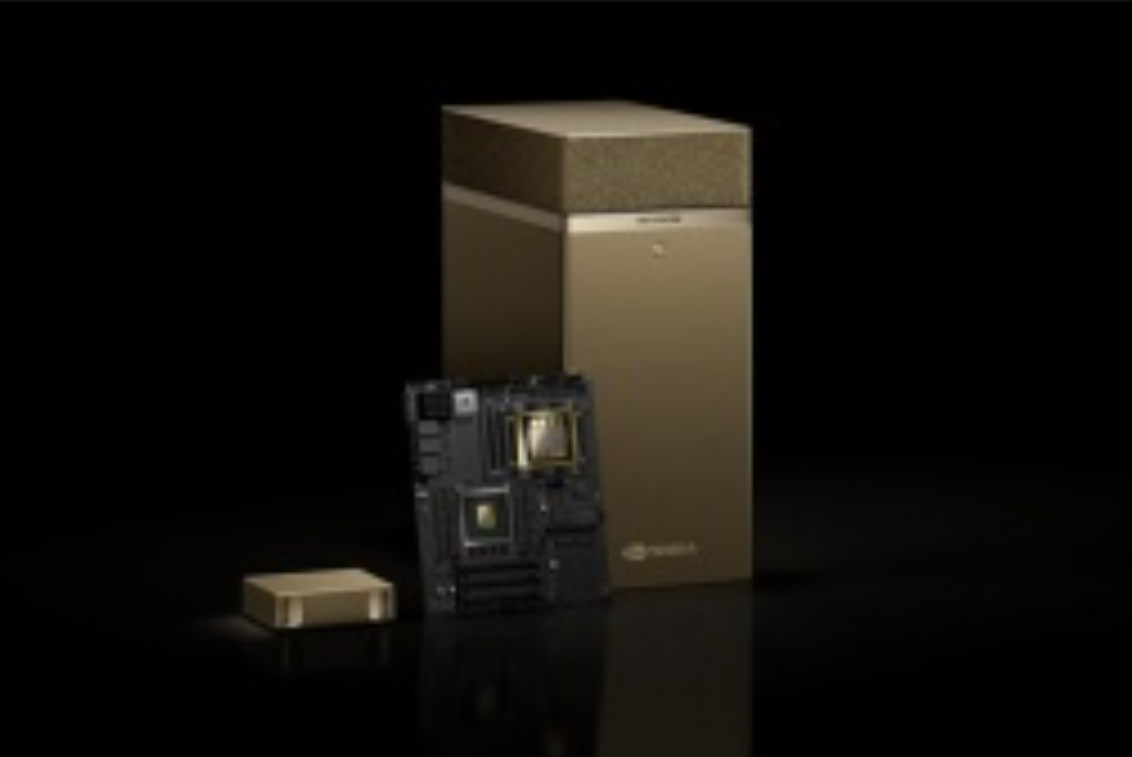
5. Animal brain simulation applications help shorten research gaps
One of the most valuable uses of Darwin Monkey is its ability to simulate the brains of animals such as monkeys, mice, and zebras with high accuracy. This has great significance in the fields of neurobiology and brain medicine. Instead of conducting research on real samples, which is expensive, complicated, and potentially ethically problematic, Darwin Monkey allows for the simulation of experimental situations in a virtual environment but with a very high degree of similarity.
Experiments on learning behavior, neuronal responses to biochemical agents, stress, sleep, memory, and psychological shock can all be simulated. This capability not only saves research time but also helps to generate quality, consistent, and reproducible data. It is possible to imagine a near future when Darwin Monkeys are used to simulate experiments on the effects of therapeutic drugs on the brain, evaluate the ability of neurons to respond to Alzheimer's or Parkinson's disease, thereby shortening the time to find effective treatments.
6. Darwin Monkey vs. Intel's Hala Point
Before Darwin Monkey, Intel announced the Hala Point supercomputer last year, which simulated about 1.15 billion neurons. Hala Point officially marked a leap forward in neuromorphic AI computing with the Loihi 2 chip. However, when compared directly to Darwin Monkey, the gap is clear. Darwin Monkey has more than double the number of neurons, more synaptic connections, and most of all, much higher potential for simulating biological cognition.
Many experts have not hesitated to evaluate Darwin Monkey as a “typical model” of the most modern biological brain-like computational structure ever put into application. This concept is no longer vague or fanciful as before, but has become a reality in the school of AI system design. Instead of optimizing tensors and deep learning matrices, this is a system that uses “artificial neurons and synapses” to process information, a completely different but promising direction.
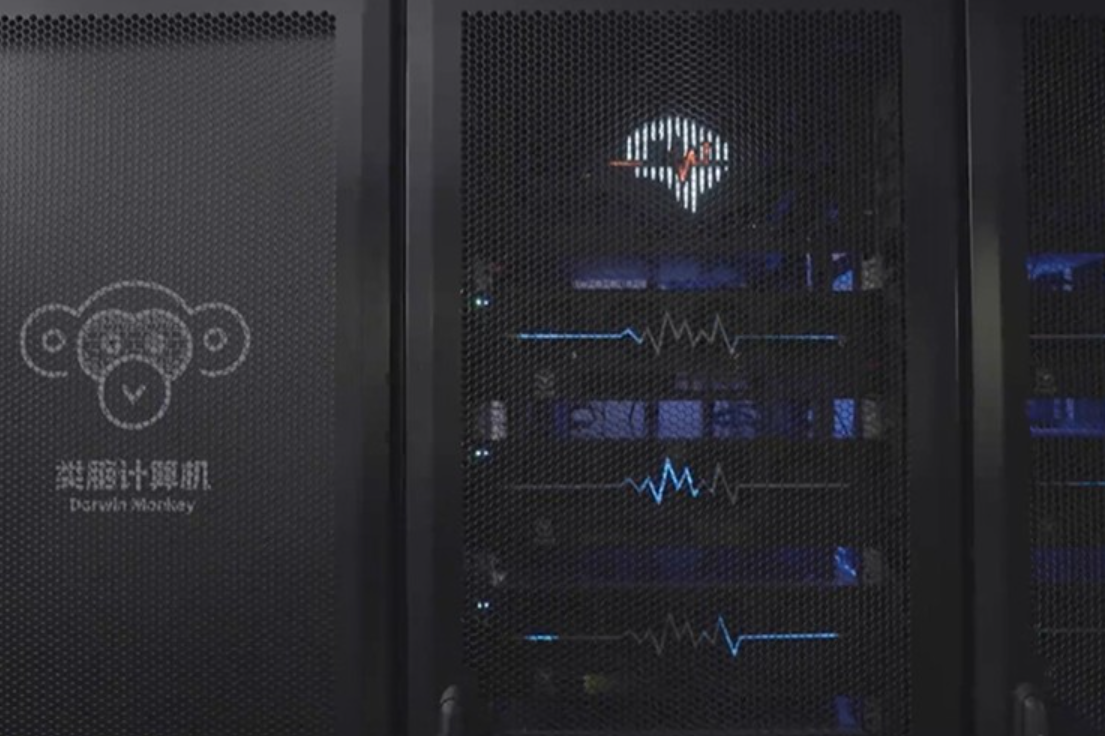
7. Thoughts on the Future of Biomimetic AI
Darwin Monkey is not just a feat of technological prowess. It is also an affirmation of a future where AI no longer learns like a machine, but learns like a biological brain. When a system is able to process information in context, link data based on experience, and respond adaptively like a living organism, we are moving from a conventional AI phase to an era of “sensitive – natural – flexible” AI.
The question is no longer how much a machine can learn, but how it can understand, remember, and respond emotionally if you want to apply that concept to a machine. Darwin Monkey is the first step in that journey, demonstrating how humans can mimic neuroscience to create the information processing platform of the future.
8. Conclusion
Darwin Monkey is not just the most powerful supercomputer, but a manifestation of a completely new AI future: truly biological AI. With over 2 billion artificial neurons, 100 billion synapses, 960 Darwin 3 chips, and record-low power consumption, the system guides technology in a natural, sustainable, and authentic way. It not only puts China on the map as a leader in the global AI race, but also reshapes the way we think about artificial intelligence: from a sophisticated machine to a structure that can learn, understand, and evolve like a living organism.









































